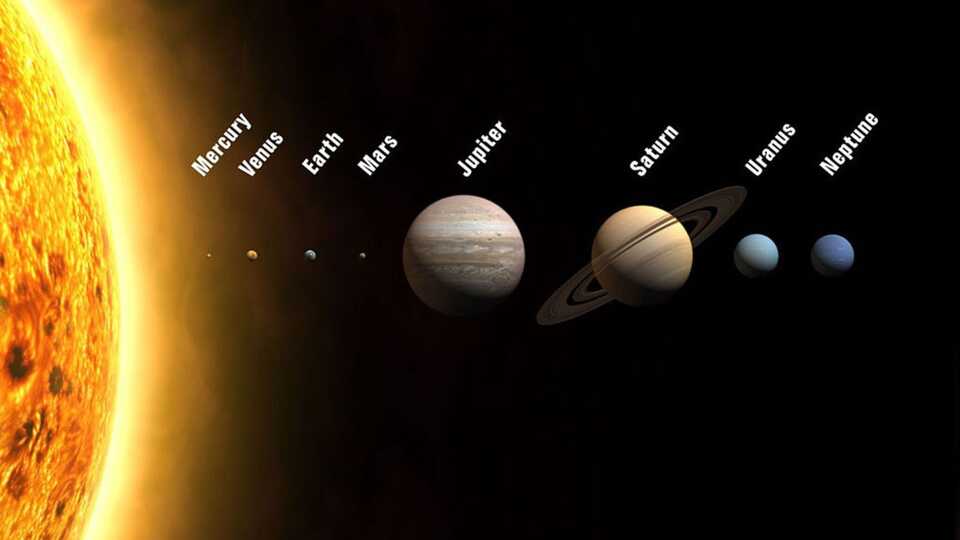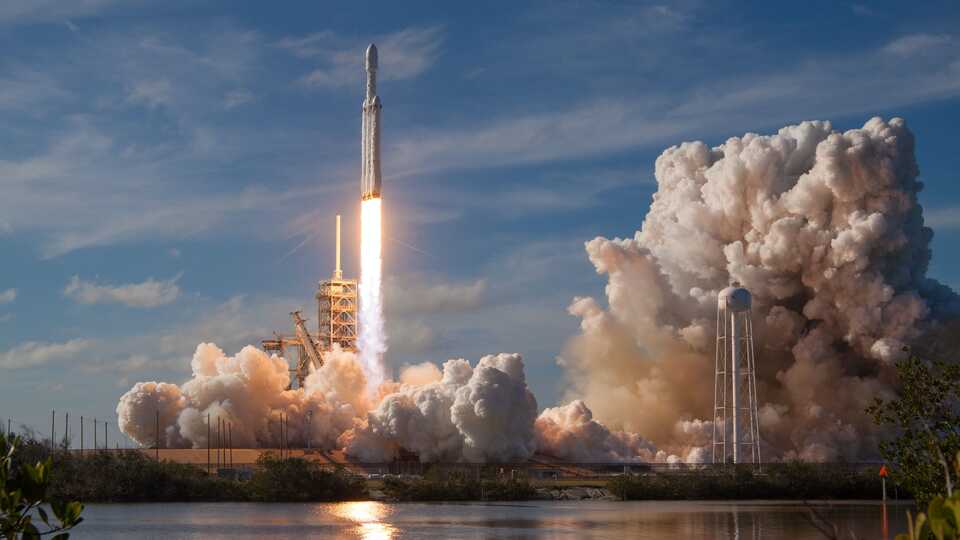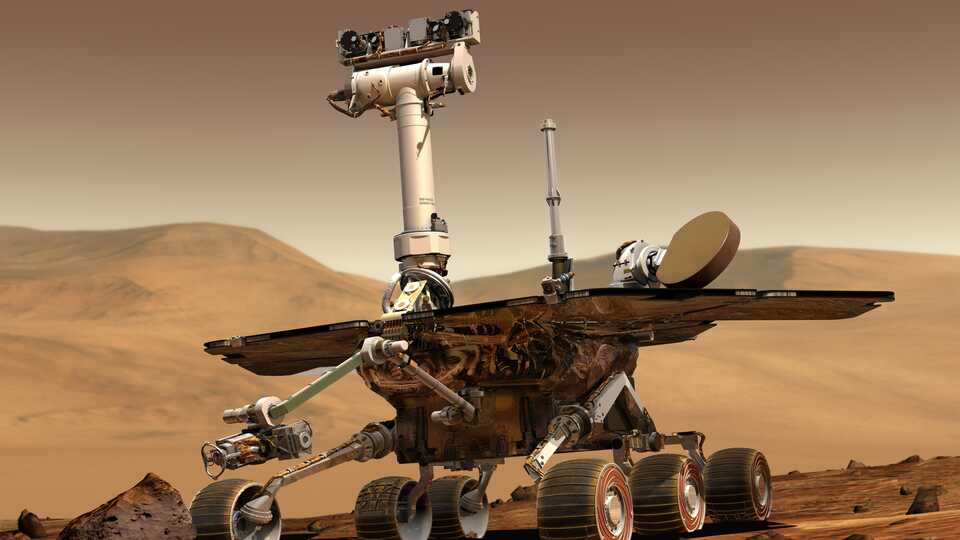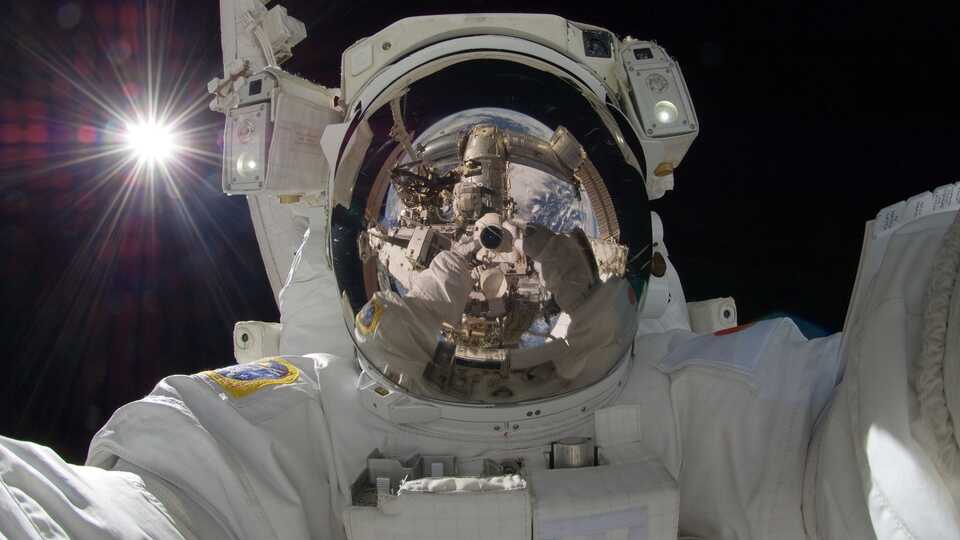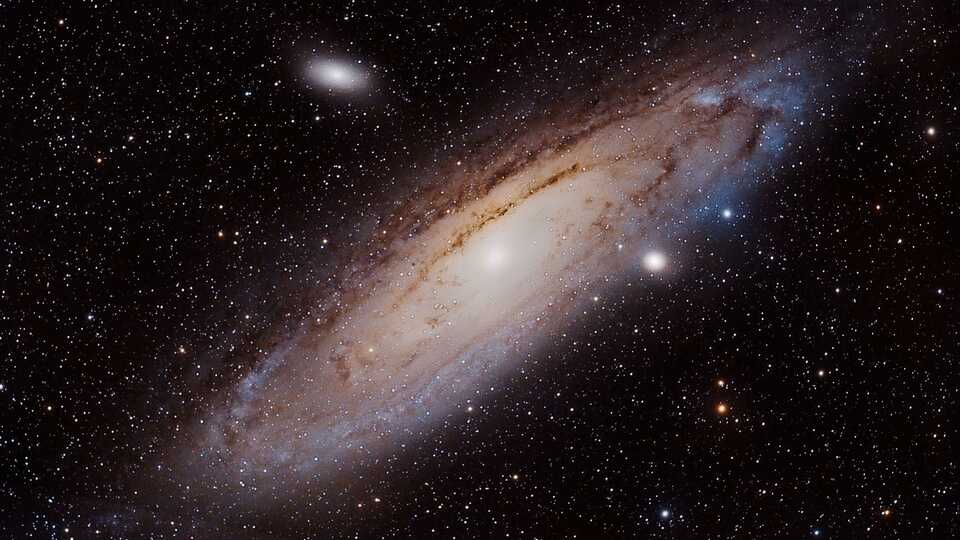Space is surprisingly close at just 62 miles above Earth’s surface—but heading into the wild interstellar yonder requires very special equipment. Spend four days exploring the spacecraft that cruise our Solar System through guided videos, hands-on crafts, and indoor/outdoor activities.
(Please note: While Science @ Home activities are designed to be conducted by kids, some little ones might need adult help with reading instructions and preparing crafts.)

